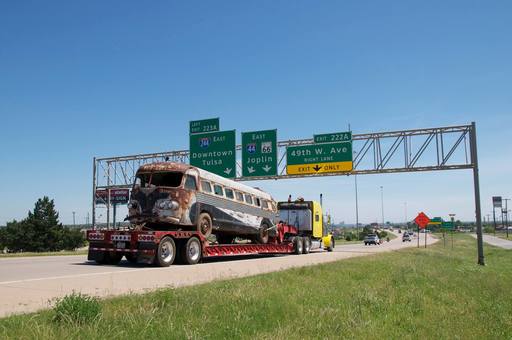Tulsa History: June 2013 Archives
It is an exciting thing to see Greenwood alive as it was in its heyday.
The Solomon Sir Jones collection of films, discovered about seven years ago by Oklahoma historian Currie Ballard, is available for viewing on the website of Yale University's Beinecke Rare Book and Manuscript Library. In 2006, Ballard was concerned about finding a home for these rare and precious films documenting the resilience and industry of African-Americans in Oklahoma. Within three years, the films were available through Global Image Works. Now Yale is making them available for viewing and download.
Dr. S. S. Jones was a Baptist pastor in Okmulgee, a denominational leader, and a businessman. This collection consists of about six hours worth of film, in 29 reels, of African-Americans in Oklahoma in the mid-1920s. Jones had a good 16 mm camera and a kit for making titles using white letters on a black background; nearly every segment has an identifying title.
Jones would occasionally insert other films or shots of photographs. Film 18 begins with a short, stock clip of Pacific coast fishermen. That was followed by a procession of 71 white-robed baptismal candidates and hundreds of other church goers entering First Church in Okmulgee. I could imagine Jones showing this silent film to a group and narrating something about being fishers of men.
Starting about 5 minutes in, there are extended clips of Tulsa's Greenwood District: The S. D. Hooker Dry Goods company at 123 N. Greenwood; smartly-dressed members of the Tulsa Business League; photos of Mt. Zion Baptist Church, destroyed just two months after it was dedicated, and then film of the church as it was at the time -- just the basement that survived the riot; the C. B. Bottling Works at 528 E. Archer (SW of Archer and Greenwood); street scenes on Greenwood, including a funeral procession of cars; students at the noon hour at Booker T. Washington High School and on the playground and in the agricultural gardens at Dunbar Elementary School.
On film 28 there is about three minutes footage of C. C. Pyle's Bunion Derby, including close-ups of winner Andy Payne and many of the other runners.
Of course, this isn't just about Tulsa. Okmulgee, Muskogee, Taft, Boley, Okay, Langston, Porter, Coweta, Hugo, Bristow, Wetumka are among the other Oklahoma cities and towns featured in these movies.
This is really exciting stuff.
About four years ago, Lee Roy Chapman set out on a quest to find Bob Wills's 1948 Flxible Clipper tour bus. He found Bob's bus, and a companion -- the bus of Wills's good friend, western swing bandleader Hoyle Nix -- rusting in a field near Big Spring, Texas, Nix's home base. Chapman reached a deal with the owner to hold the option on the bus until he could raise the money to pay the asking price and bring the bus back to Tulsa. The hope was to exhibit it here, near Cain's Ballroom, the house that Bob built, and take it on tour as well.
It seemed like an impossible dream at the time.
On Tuesday, June 11, 2013, Bob's bus came home, thanks to the help of Loren Frederick. Here's a photo from his Facebook page of the bus entering Tulsa County at the Turner Turnpike terminus.
I hope to have more of the story soon, but in the meantime western swing fans can look forward to the day when we can once again "Ride with Bob."
MORE: Lee Roy Chapman also put forward the idea that the arts district north of the Frisco tracks in downtown Tulsa should be marketed as the Bob Wills District, rather than the Brady Arts District, named (indirectly, by way of Brady Street and the Brady Theater) for Tulsa founder, segregationist, Democratic National Committeeman, and Klansman (but I repeat myself) Tate Brady. Read his This Land Press investigative report on Tate Brady's role in vigilantism, the 1921 Tulsa Race Riot, and its aftermath.
